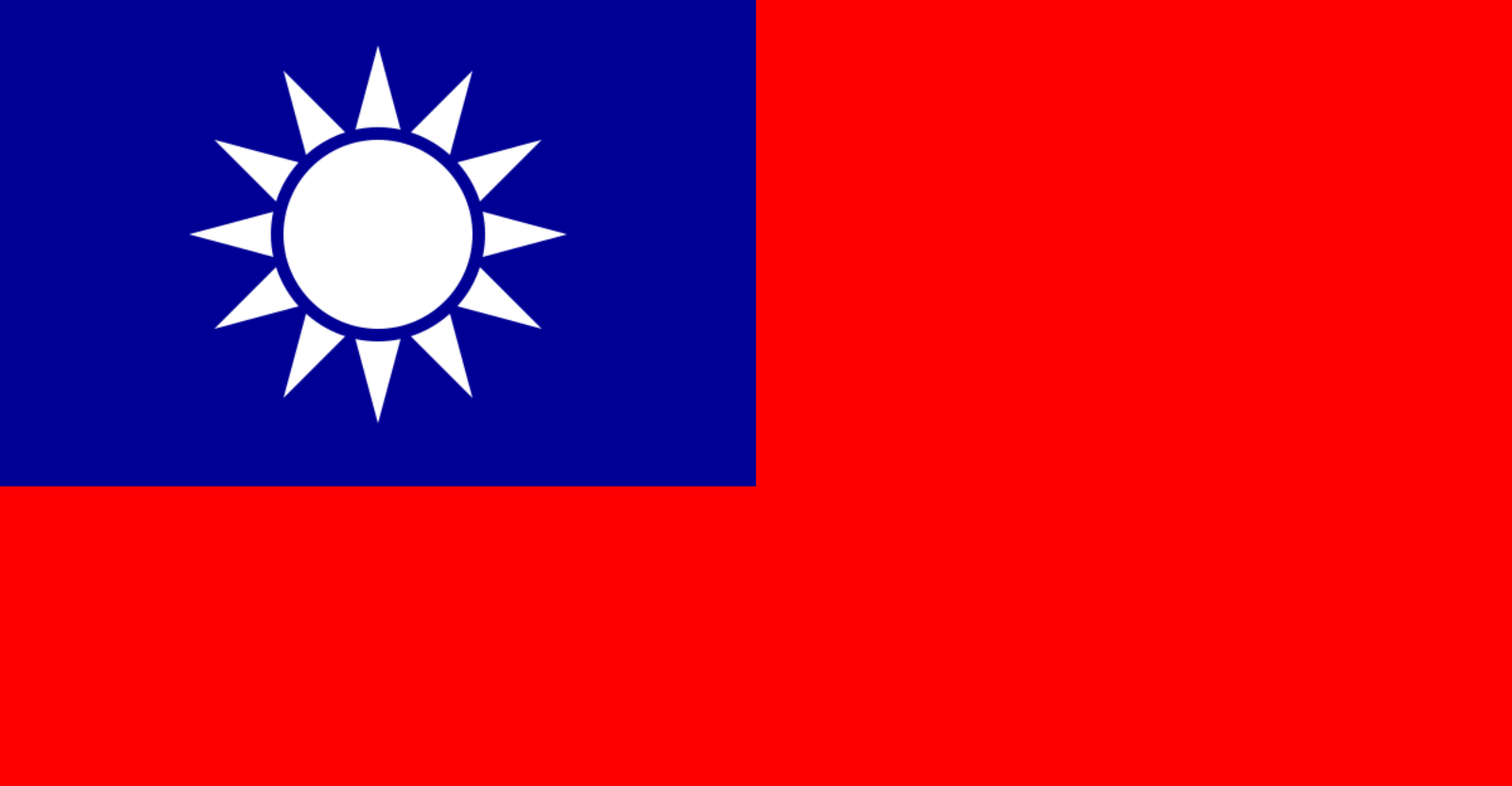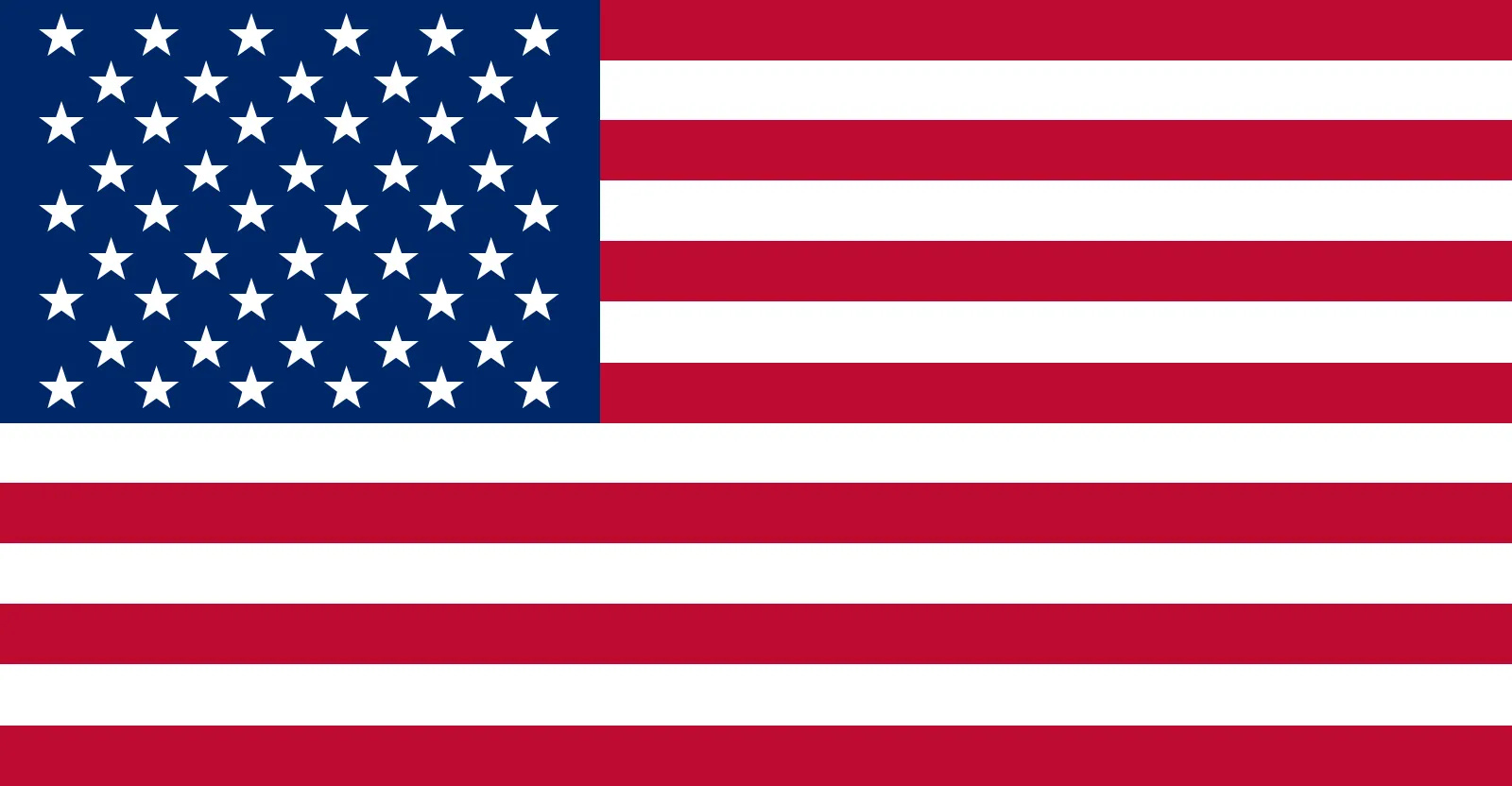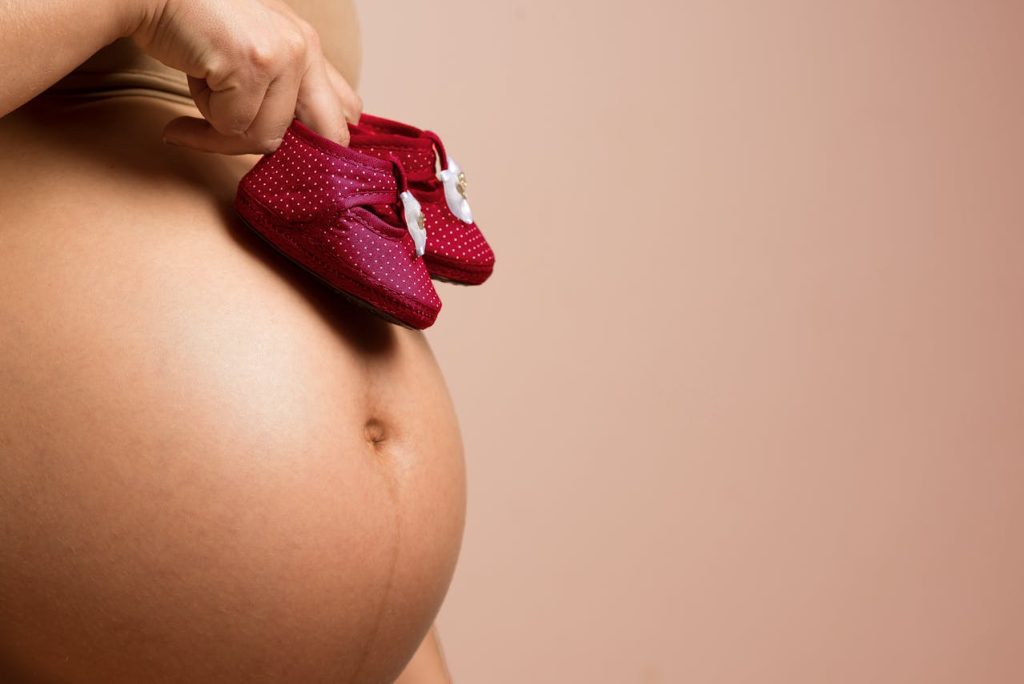
Pregnancy can be one of the most beautiful, yet physically challenging times of your life. Back pain, swollen feet, insomnia — if you’re an expecting mom seeking relief, you may be wondering: Is prenatal massage really safe? In this guide, we’ll walk you through essential safety tips, which oils are safe to use, the pressure points to avoid, and the most trusted prenatal massage treatments in Taipei. At Sparadise Spa, we’re here to help you relax with peace of mind — for both you and your baby.
When Can You Start Getting Prenatal Massage?
The safest and most comfortable time for massage is during the second trimester (weeks 13–27). While massage isn’t strictly forbidden in the first or third trimester, early pregnancy often comes with nausea and emotional shifts, while late pregnancy may involve swelling or false contractions.
That said, if your pregnancy is going smoothly, massage can be enjoyed throughout all trimesters — with proper precautions:
- Get medical clearance from your OB-GYN before scheduling
- Always inform the therapist about your week of pregnancy and any specific conditions
- Choose a certified prenatal therapist trained in pregnancy-safe massage techniques
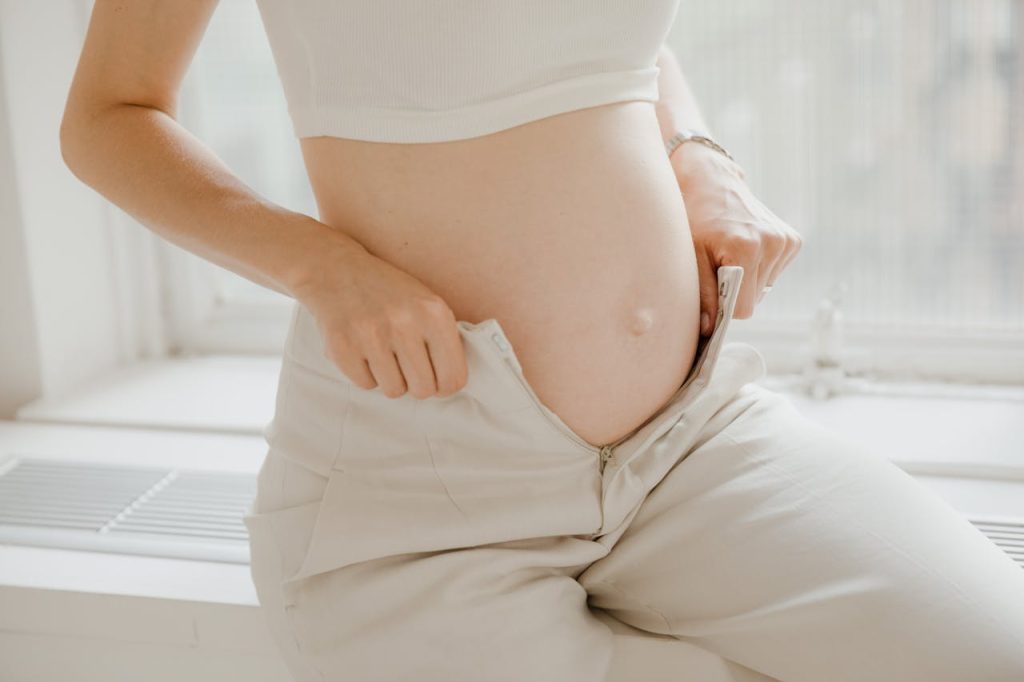
Safe & Unsafe Essential Oils for Pregnancy Massage
Essential oils are highly concentrated botanical extracts and should always be used under the guidance of a certified aromatherapist.
Recommended Oils:
- German Chamomile
- Citrus oils (Sweet Orange, Grapefruit, Bergamot)
- Lavender, Frankincense, Neroli
- Sandalwood, Peppermint, Ginger, Patchouli
Oils to Avoid:
- Strong stimulants: Cinnamon, Clove, Clary Sage, Jasmine (may trigger contractions)
- Citrals: Lemongrass, Citronella, Lemon Verbena (linked to fetal risks in animal studies)
If you’re close to your due date, certain oils like clary sage or jasmine may be used intentionally to help prepare for labor — but only under expert supervision.
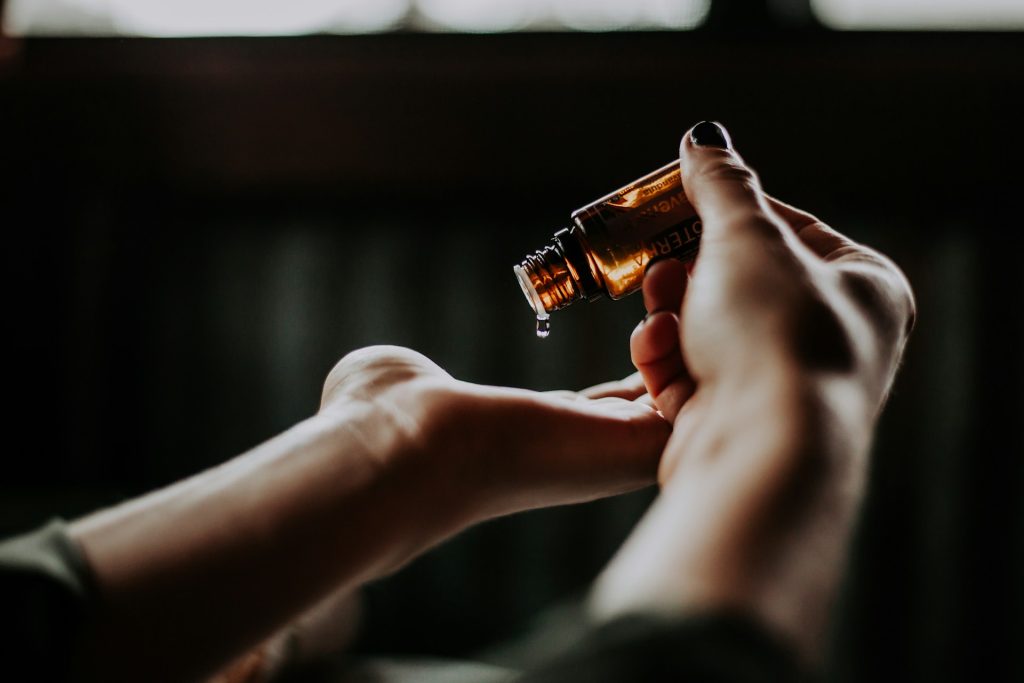
Pressure Points & Techniques to Avoid During Pregnancy
Prenatal massage differs greatly from standard massage. Since lying face down is uncomfortable and lying flat may cause pressure on your vena cava, therapists use side-lying or semi-reclined positions with body support pillows.
Acupressure Points to Avoid (TCM View):
- Hegu (LI4): webbing between thumb and index finger
- Jianjing (GB21): top of the shoulder
- Sanyinjiao (SP6): inner lower leg
Techniques to Avoid:
- Deep abdominal massage or any belly pressure
- Cupping, scraping (gua sha), or bloodletting
- Strong back-walking, vigorous pressing, or long periods lying flat
Instead, we focus on gentle lymphatic drainage, lower leg circulation, and soothing upper body relief — all while ensuring your safety and comfort.

Frequently Asked Questions about Prenatal Massage (FAQ)
Q1: When can I start prenatal massage?
A1: After 12 weeks, with doctor’s approval.
Q2: Can the therapist accidentally press on the baby?
A: No. Therapists are trained to avoid the belly and high-risk zones — the process is safe and non-invasive.
Q3: What should I do after a prenatal massage?
A3: Drink water, rest, and avoid intense exercise. Inform the spa immediately if you feel unwell.
Sparadise Prenatal Massage Menu
Booking Information
- Package Discount: Available for multiple sessions — ask our staff for details
- Phone Booking: (02) 2325-3257
- Address: No.15-1, Aly. 26, Ln. 118, Wuxing St., Xinyi Dist., Taipei City (near Taipei 101)
- Online: LINE Official Account, WhatsApp
Make your pregnancy journey feel like a retreat, not a struggle. Book your prenatal massage at Sparadise and enjoy the safest, most nurturing care for both you and your little one.

